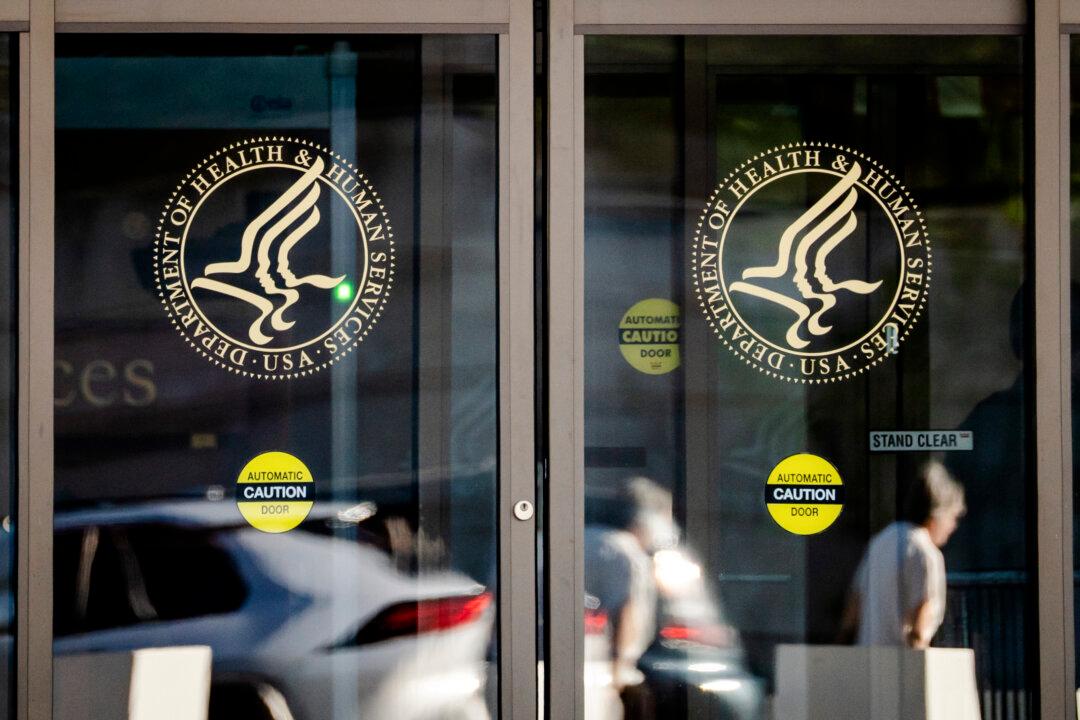The ozone hole is healing but won’t be fully healed until about 2070, a NASA scientist said.
The space agency has just published findings that the ozone hole that forms annually over Antarctica has stabilized and stopped growing. However, there are different opinions within the agency over whether actual recovery has begun.
Two factors scientists believe create the ozone holes are the winds that bring ozone to the Antarctic and the chemical loss due to chlorine.
The analysis has also found that the holes are more complex than previously thought and multiple other factors are involved in creating the holes.
A potential theory of recovery is linked to the declining chlorine in the stratosphere. But it’s tough to make that link at this point, said Susan Strahan of NASA’s Goddard Space Flight Center in a statement.
“Ozone holes with smaller areas and a larger total amount of ozone are not necessarily evidence of recovery attributable to the expected chlorine decline,” she said. “That assumption is like trying to understand what’s wrong with your car’s engine without lifting the hood.”

A cross-section of Earth’s ozone layer. (NASA)
On the other hand, study co-author Natalya Kramarova, also at NASA Goddard, told LiveScience that the hole will likely be fully healed by about 2070.
NASA said that a clear recovery doesn’t look like it will be evident until sometime after 2015 but as late as 2030.
The largest hole ever was in 2006. After several years of smaller sizes, the one in 2011 was almost as large as 2006, but the hole in 2012 was much smaller. The 2006 and 2011 holes were large for different reasons, scientists believe.
Research led by Strahan points to the 2006 one being large because of wind blowing more ozone to the Antarctic, and the 2011 being small because winds transported less.
“This is a meteorological effect, it has nothing to do with chemistry,” Strahan said.
The research also points to the impact of the Montreal Protocol not being visible until about 2025, Kramarova said.




